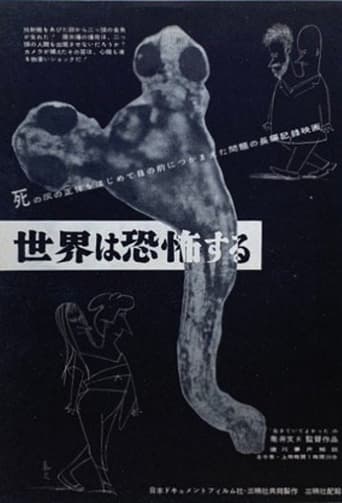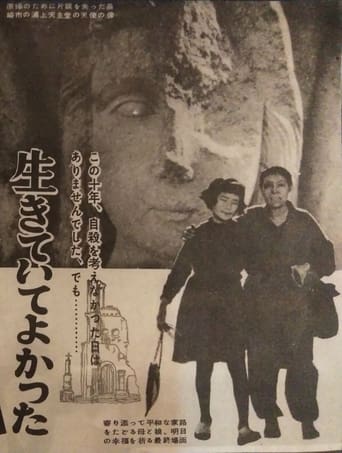The World Is Terrified: The Reality of the “Ash of Death” 1957
At a time when the USSR and the USA fervently vied to develop nuclear arms, the mass media buzzed with terms inspired by nuclear testing on Bikini Atoll such as the “Daigo Fukuryu Maru Incident,” the “ash of death,” “radioactive tuna,” and “radioactive rain,” and nuclear testing continued, Japan, the only nation to have suffered an atom-bomb attack, felt massive anxiety. “What is the radioactive ash of death?” “What effect does it have on living creatures?” Against the background of the era, the film scientifically describes the terrors of radioactivity with the cooperation of many scientists, physicians and research institutions.




